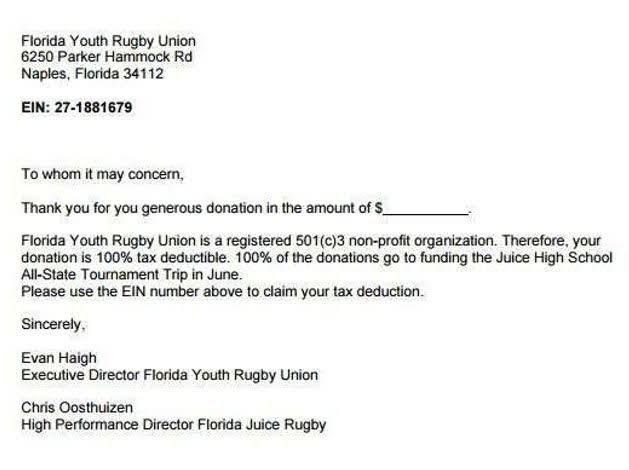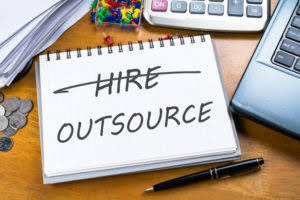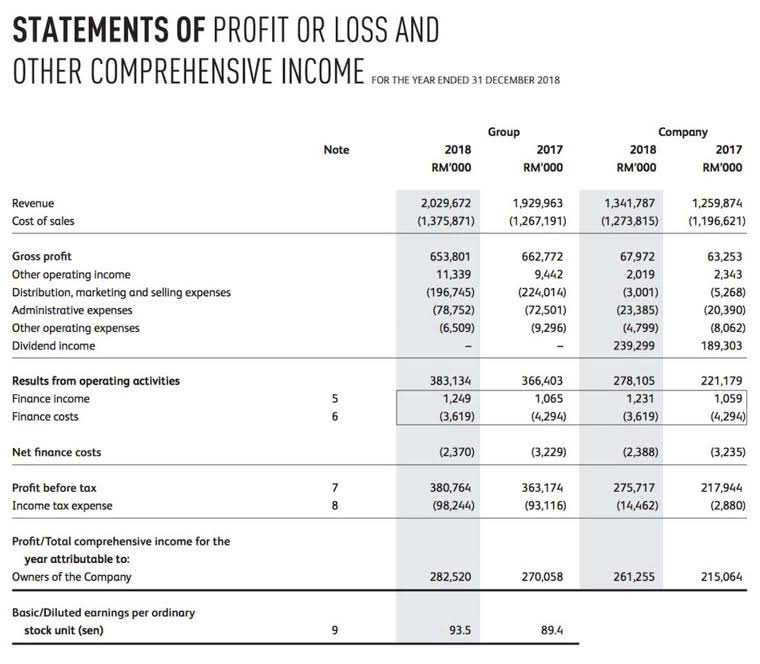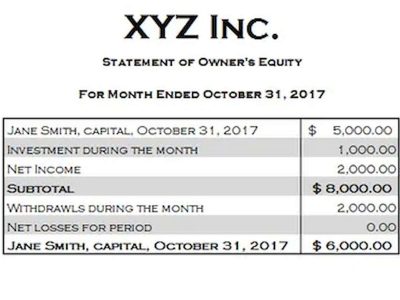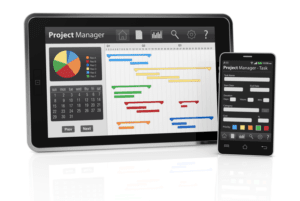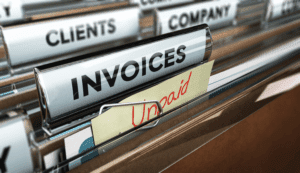Salary vs Hourly Wage: Everything You Need To Know
![]()
While working for an hourly wage can provide greater flexibility with your schedule and the potential for overtime pay, for the most part, a salaried position is a much better deal. Even if the hourly wage listed in a job posting looks to be on par with another job’s annual salary, the additional benefits and overall sense of stability that come with a salaried role make it most job seeker’s goal for a reason. Starting July 1, the rule would increase the threshold at which executive, administrative and professional employees are exempt from overtime pay to $43,888 from the current $35,568. That change would make an additional 1 million workers eligible to receive time-and-a-half wages for each hour they put in beyond a 40-hour week.
In turn, hourly workers are often less committed to their employer than salaried employees who can predict the value outcome of their time and commitment. Understanding these distinctions is vital for both employees and employers to ensure compliance with labor laws and fair compensation practices. Whether one is a wage earner paid by the hour or a salaried individual, knowing the factors that determine overtime eligibility helps navigate the complexities of the employment landscape.
Difference Between Salary and Wages
While salaried employees receive a set amount every pay period, businesses must track hours worked by hourly workers and ensure that time is accurately recorded to process variable paychecks each pay period. This requires extra resources, such as payroll software with time and overtime pay calculation capabilities. Most hourly wages vs salaries workers are classified as “nonexempt” under the Fair Labor Standards Act (FLSA), which also sets the federal minimum wage and other worker protections. The FLSA requires nonexempt to employees be paid at least 1.5 times their hourly pay for any time worked beyond 40 hours in a week (colloquially called “time-and-a-half”).
- In 2016, the Obama administration proposed doubling the overtime salary threshold to $47,476 from $23,660 but a federal judge in Texas struck down the increase as excessive.
- As for employees who earn a wage, their employers must comply with rules and regulations regarding overtime pay for employees who work additional hours beyond standard working hours.
- He has professional experience as a bank manager and nearly a decade in corporate finance and accounting.
- While you’ll still need payroll systems, many managers don’t have to track hours, schedule shifts and manually approve overtime and payroll every pay period for salaried workers.
- While working for an hourly wage can provide greater flexibility with your schedule and the potential for overtime pay, for the most part, a salaried position is a much better deal.
It doesn’t mandate overtime pay for holidays or other off-shifts as long as those are included in the 40-hour work week, but many employers offer additional pay for these shifts. Salary is a fixed amount of money paid to an employee regardless of the number of hours they work each week. This means that employees who are paid a salary will receive their income on a consistent basis throughout the year. Salaries are typically divided up and given to employees in bi-weekly payments. Beyond the base salary, salaried employees may also be eligible for other forms of compensation, such as bonuses, stock options, and commissions.
Difference Between Salary and Wages (Hourly)
In this guide, we’ll explain the difference between hourly wage versus salary pay, the pros and cons of each and how to determine which is best for your business. Whether you’re job seeking or looking to renegotiate your current position, here’s what to know about being salaried versus earning an hourly wage. When this compensation method is used, the hours worked are tracked using a system, whether it be a physical timesheet or a digital time tracker. Imagine a situation where a high-level executive gets paid a salary of $150,000 per year. If you pay the employee monthly, you would divide this salary by 12 and arrive at a paycheck amount of $12,500 per month.
They’ll get paid normally for that time off, even if they don’t work at all within a workweek. By contrast, in many roles classified as knowledge work, the employee’s contribution isn’t about time but about outcomes or deliverables. The outcomes are often scalable, so revenue doesn’t correlate with hours worked, and workers may be more likely to seek full-time roles with steady paychecks and benefits. ✖ Costs fluctuate each pay period if the schedule varies.✖ You have to pay employees a higher wage for overtime work.✖ You may not attract senior employees, who expect autonomy, stability and benefits.
Salary vs Wage: Tailoring Compensation to Your Business Needs
Wagesare payments to an employee or contractor based on the amount of time worked and are usually calculated as hourly pay. This can include regular pay, overtime pay, holiday pay, and other additional pay structures. Overtime pay is usually 1.5 times or 2 times the regular rate of pay and is used when an employee works more than the standard number of hours in a workweek. Holiday pay refers to when workers are paid extra for working on a public holiday.

This is the base rate for adult employees in the national system who are award- or agreement-free. Accounting for these fluctuations can be time-consuming, but you can streamline your payroll process using software like Hourly that automatically tracks time and calculates payroll for hourly workers. If there’s a slower month and they average 35 hours per week, they’ll still get their set amount of $2,300 on each paycheck.




